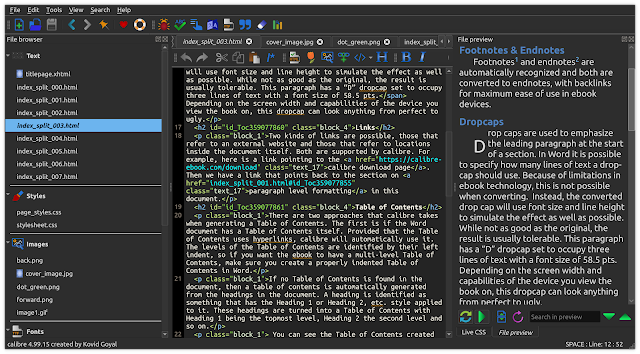About Calibre
Welcome to an in-depth exploration of firearm caliber – an essential aspect of guns, particularly firearms, that defines the internal diameter of the gun barrel bore. In this article, we will delve extensively into the intricacies of this concept, its measurement methodologies, and the variations in expression across different regions. Join us as we unravel the comprehensive story behind firearm caliber.
Unveiling Firearm Caliber:
In the realm of guns, specifically firearms, the term "caliber" (sometimes spelled as "calibre") refers to the specified nominal internal diameter of the gun barrel bore. This measurement remains consistent regardless of the method or location used for measurement and whether the finished bore aligns precisely with that specification. This essential parameter plays a pivotal role in determining various aspects of a firearm's performance.
Unveiling the Impact on Firearm Performance
The significance of firearm caliber extends beyond its numerical value; it profoundly influences the performance and characteristics of a firearm. The caliber's diameter directly impacts crucial factors such as projectile velocity, bullet weight, and overall stopping power. A larger caliber often translates to a more substantial projectile and increased energy transfer upon impact, making it suitable for various applications such as self-defense, hunting, or military use.
On the other hand, a smaller caliber typically results in higher projectile velocities, enabling flatter trajectories and improved accuracy over longer distances. These nuances showcase the delicate balance that firearms manufacturers strike between caliber selection and the intended purpose of the weapon.
The Evolution of Caliber Measurement
The history of firearm caliber measurement is a testament to human innovation and the quest for precision. Early iterations of caliber measurement relied on simple tools, resulting in variations and inconsistencies. However, as technology advanced, so did the accuracy and reliability of measuring methods. Contemporary techniques employ specialized tools, ensuring uniformity in measuring barrel bores and delivering consistent caliber values.
Navigating the Caliber Lexicon
Delving into the world of firearms introduces one to a lexicon of caliber designations that can be both intriguing and bewildering. Caliber names often include numbers, such as "9mm" or "45," which directly correlate with the firearm's bore diameter. Additionally, you might encounter suffixes or prefixes that offer insight into the origin, purpose, or modifications of the firearm, further enriching the understanding of firearm nomenclature.
Embracing the Complexity of Caliber Choices
As firearms enthusiasts and professionals, it is paramount to appreciate the intricate interplay between caliber and firearm function. Every decision to choose a specific caliber is a meticulous balance between ballistics, intended use, and personal preference. Whether you're aiming for pinpoint accuracy, formidable stopping power, or versatile performance, understanding firearm caliber is key to making informed choices.
In conclusion, the realm of firearm caliber is a captivating journey through history, technology, and performance. From its humble beginnings to the modern precision of measurement techniques, caliber continues to be a defining factor in the world of firearms. As you navigate the intricacies of caliber selection, remember that behind each caliber designation lies a realm of possibilities waiting to be explored.
Measurement Units and Regional Expressions
Caliber is quantified using either the imperial system, measured in inches, or the metric system, measured in millimeters. In the United States, caliber is typically expressed in hundredths of an inch, while the United Kingdom employs a thousandths-based approach. In regions outside of these, caliber is commonly stated in millimeters. For instance, a firearm designated as "45 caliber" in the US corresponds to a barrel diameter of approximately 0.45 inches (around 11 mm).
Metric units, such as millimeters, are also commonly used for expressing caliber. For example, a "9 mm pistol" possesses a barrel diameter of approximately 9 millimeters. However, due to the inherent differences in conversions between metric and US customary units at this scale, metric-caliber conversions stated in decimal inches or vice versa are generally approximate representations of the precise specifications in their respective units.
In conclusion, the concept of firearm caliber is a cornerstone of firearm design and performance. Its definition and measurement play a significant role in shaping a firearm's capabilities. As you explore the diverse expressions of caliber across regions and measurement systems, remember that behind every caliber designation lies a rich history of precision engineering and the pursuit of firearm excellence.





No comments:
Post a Comment